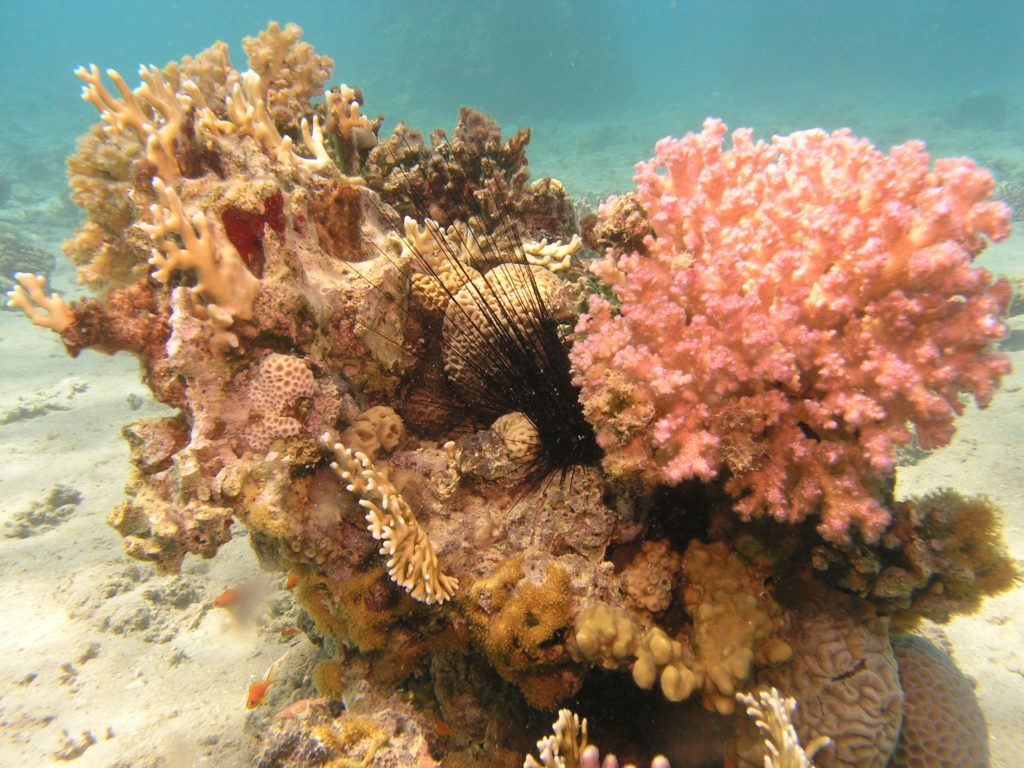
Coral reefs are great tourist attractions. Nearly a million species of fish, invertebrates and algae live in these biodiversity hotspots and they generate billions of dollars yearly from the tourism industry.
Coral reefs are under attack from multiple forces, especially the effects of warming ocean waters. About 80% of the reefs in the Caribbean have been lost in the last 50 years. One of the specific culprits that we are responsible for is sunscreen. We are aware that sunscreen has various chemical additives that get into the ocean water, but after all, all we use is a little bit of it. However, as millions of people visit beaches around the world, the total amount adds up quickly. The U.S. National Park Service estimates that between 4,000 and 6,000 tons of sunscreen enter coral reef areas around the world each year.
The biggest problem is oxybenzone, which is a UV blocking ingredient in many sunscreens. That chemical sickens coral, expelling the algae living within it and taking away its primary food source. This bleaches the coral, which destroys its beauty but more importantly endangers its life. Oxybenzone also produces deformities in young coral.
Sunscreen is not a vanity product for us. The risk of sun cancer is very real. But there are choices we can make. Not all sunscreens contain chemicals harmful to coral reefs. For example, sunscreens with titanium oxide or zinc oxide have not been found to harm reefs. Reading product labels is important. The nonprofit Environmental Working Group has an extensive list of coral-friendly sunscreens for reference on its website. You can find that link here.
**********
Web Links
Why Is Sunscreen Bad for Coral Reefs?
Photo, posted August 27, 2014, courtesy of Rob via Flickr.
‘Sunscreen and Coral Reefs’ from Earth Wise is a production of WAMC Northeast Public Radio.